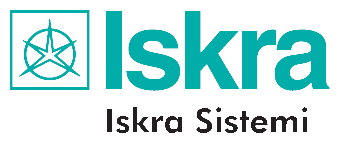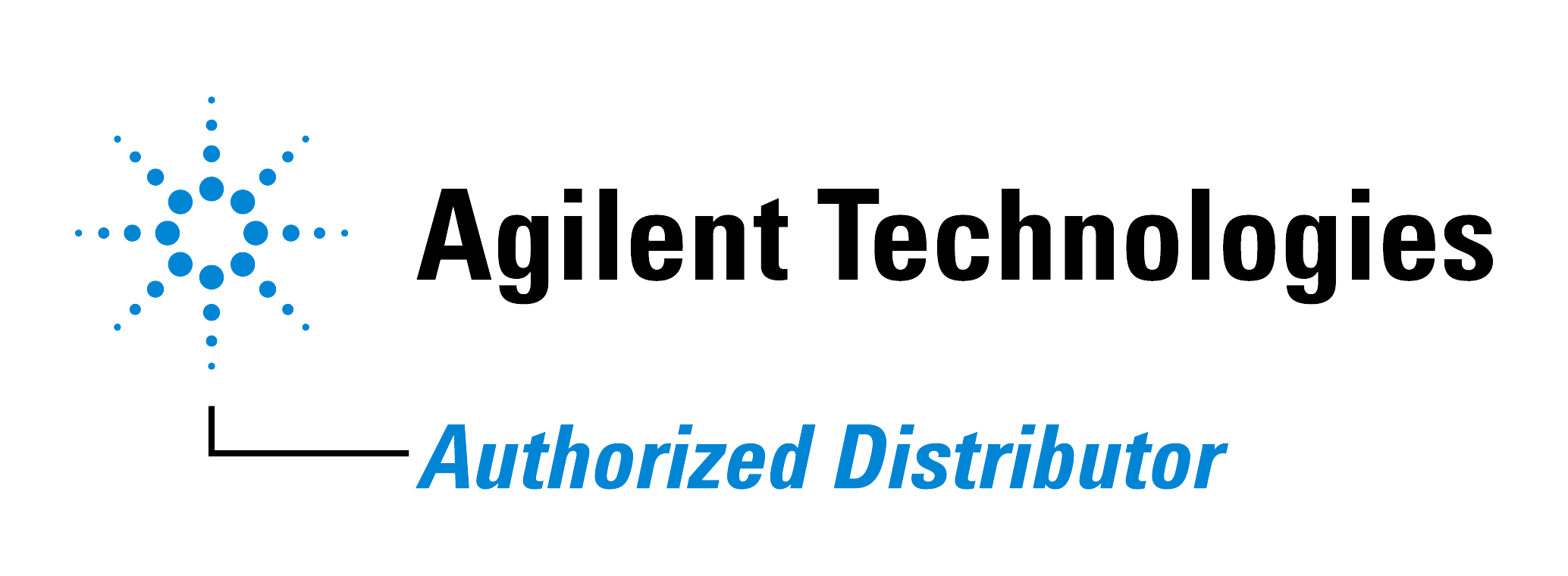5G radio access – research and visionYngve Selén As mobile networks expand to accommodate both new types of connected devices – from electricity meters to cars to household appliances – and a wide range of services, future mobile-broadband users will expect radio access with “unlimited” performance. For example, beyond 2020 networks will need to support traffic volumes more than 1,000 times higher than what we see today, and there will be demand for even higher data rates: up to multi-Gbps for specific scenarios and hundreds of Mbps generally available. In addition, the large-scale introduction of communicating machines will put many diverse requirements on the network in terms of, for example, latency, battery consumption, device cost, and reliability. 5G will meet the diverse requirements of this future. To this end, the 5G solution will not consist of a single technology but rather an integrated combination of radio-access technologies. This includes existing mobile-broadband technologies such as HSPA and LTE that will continue to evolve and will provide the backbone of the overall radio-access solution beyond 2020. But it also includes new complementary radio-access technologies for specific use cases. Smart antennas, expanded spectrum – including higher frequencies – and improved coordination between base stations will all be crucial to fulfilling the requirements of the future. The seamless integration of evolved versions of today’s radio-access technologies with new complementary technologies will bring a new end-user experience and enable the introduction of a host of new services. The 5G system will help operators meet the long-term vision of unlimited access to information and sharing of data available anywhere and anytime to anyone and anything. |









